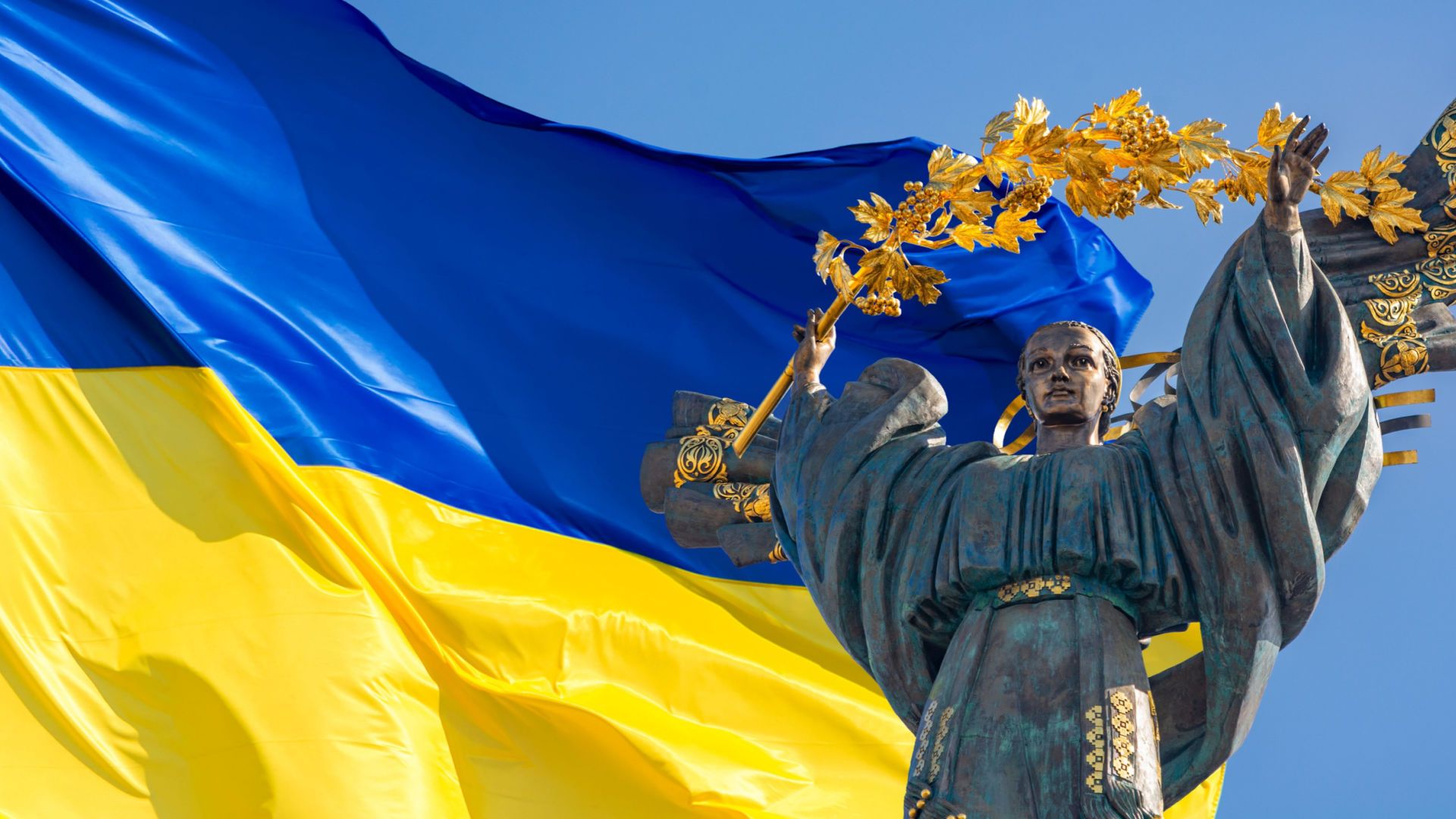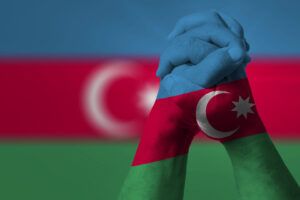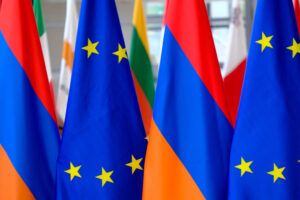Stanislav Kovalchuk, Expert on Central and Eastern Europe, ADASTRA Think Tank
European Committee of the Regions in a recent opinion calls for the EU to adopt a more flexible approach to countries in the Eastern Partnership and to work more closely with local and regional authorities. The CoR’s opinion suggests that the EU should look at the region in a more global way, by identifying forms of potential cooperation – via the Eastern Partnership (EaP) – with countries in the Balkans and in Central Asia.
We have interviewed key experts from the EaP countries to find out their goals and priorities in relations with Central Asian countries. Here are the answers from Ukraine.
What joint programs exist or are planned in your country for cooperation with Central Asia? Can the EU help this rapprochement?
Central Asia has been a challenging region for Ukraine for quite some time. The current foreign policy strategy states that the dynamics of cooperation with this region have slowed down, and Kyiv’s goals for Central Asia include reestablishing full-fledged political dialogue, garnering support from Central Asian states in restoring Ukraine’s territorial integrity, and fostering trade and economic relations. However, Ukraine does not have special programs to realize these goals, which indicates that the region is not a priority for Kyiv.
This situation can primarily be attributed to Russia’s significant regional influence. Kazakhstan, Kyrgyzstan, and Tajikistan are members of the Russian military alliance CSTO, and Moscow remains a political reference point for all the countries of the region. Therefore, none of the Central Asian countries openly condemned Russia’s occupation of Crimea and the Eastern regions of Ukraine in 2014 or the subsequent full-scale invasion in 2022 (either through unilateral official declarations or voting for relevant resolutions at the UN General Assembly). Furthermore, the visit of the leaders of all five Central Asian countries to the May 9, 2023, parade in Moscow, despite Russia’s war crimes, was a symbolic slap in the face of Ukraine by the countries of the region. Additionally, Moscow remains one of the key trading partners for all five Central Asian countries, and Astana and Bishkek participate in Russia’s economic integration project, the Eurasian Economic Union.
Given these circumstances, Ukraine’s regional goals and means are quite limited, making it advisable to join Western initiatives for Central Asia. In the short term, Ukraine must coordinate with international partners to monitor sanctions compliance. Central Asian countries have repeatedly been found to be assisting Russia in procuring sanctioned goods, including those with potential military applications. Notably, Ukraine’s interest lies in promoting the adoption of the 11th package of EU sanctions against Russia, which aims to prevent the circumvention of trade restrictions with the help of third countries. In the long run, Western regional initiatives for Central Asia hold promise for Ukraine, as they may contribute to distancing the region from Russia. However, I would not overestimate the EU’s capacity to create an effective regional strategy, as we have already seen how the Eastern Partnership has turned from a promising format into a limited-impact initiative. Therefore, in fostering multilateral contacts with Central Asia, Ukraine should not solely rely on Brussels’ policies but also engage with the American C5+1 Diplomatic Platform and Central Asia plus Japan Dialogue.




